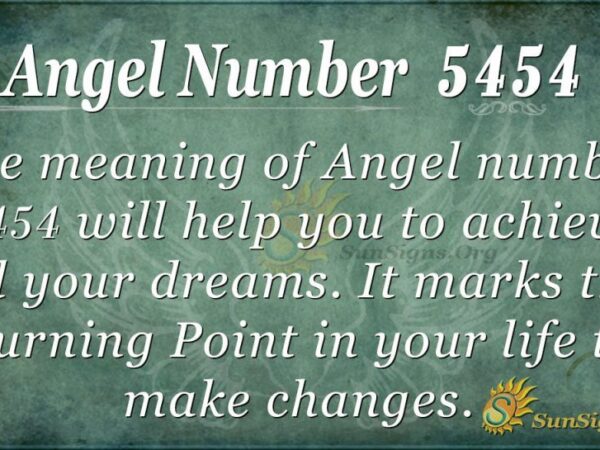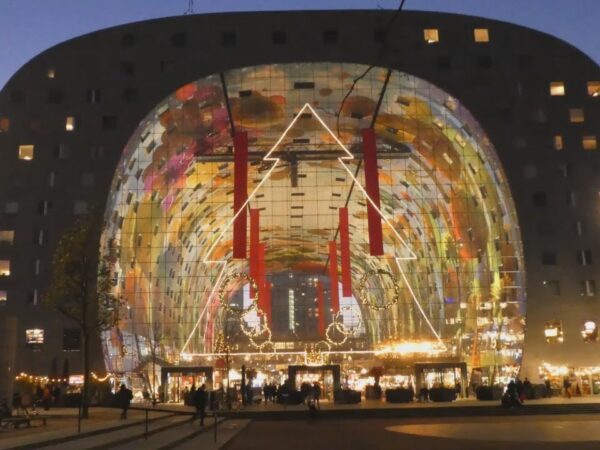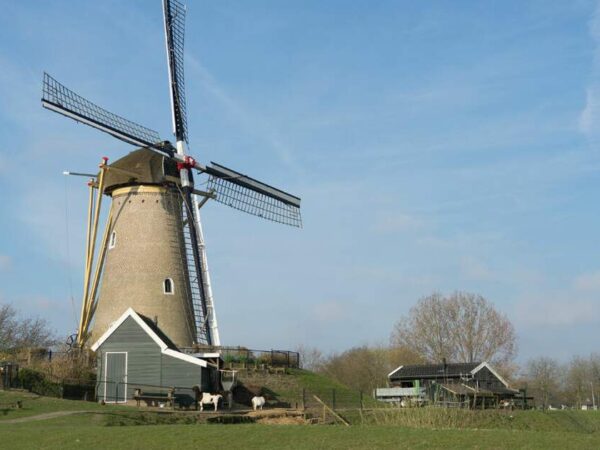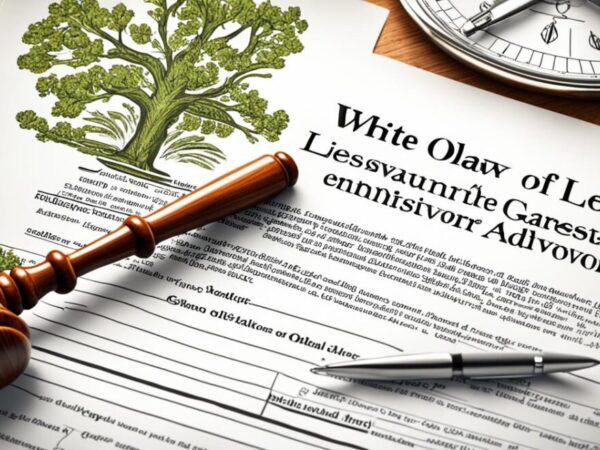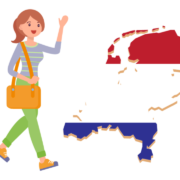The Dutch language is vibrant and fun, offering a unique blend of Germanic roots and modern expressions. For anyone interested in learning Dutch or simply preparing for a trip to the Netherlands, mastering a few basic phrases is a great starting point. Here, we will explore ten essential and easy-to-use expressions, including the Dutch Language Hello, that will not only help you greet people but also make your interactions smoother and more enjoyable. These phrases will give you a head start in everyday conversations, allowing you to connect with Dutch speakers on a more personal level.
Dutch Language Hello: How to Say “Hello” and “Hi”
The simplest and most common greeting in Dutch is “Hallo.” It’s pronounced just like “hello” in English and used in similar situations. Whether you are meeting someone for the first time, entering a shop, or answering the phone, “Hallo” is your go-to greeting.
Another casual option is “Hoi,” which translates to “Hi” in English. This is more informal and typically used among friends, family members, or in relaxed social settings. By learning these two greetings, you can easily break the ice with Dutch speakers, showing your enthusiasm for their language.
Dutch Language Hello: Adding “Good Morning,” “Good Afternoon,” and “Good Evening”
In addition to “Hallo” and “Hoi,” it’s also helpful to know how to greet people based on the time of day. “Goedemorgen” means “Good morning” and is usually used until around noon. From midday until around 6 pm, you can say “Goedemiddag,” which translates to “Good afternoon.”
For evening greetings, use “Goedenavond,” which means “Good evening.” These time-specific greetings add a touch of politeness to your interactions, helping you adapt to different situations. They are perfect for making a good impression, whether you’re meeting someone for the first time or engaging in a professional setting.
Language Hello: Asking “How Are You?”
After greeting someone, it’s common to ask how they are doing. In Dutch, you would say “Hoe gaat het?” This phrase translates directly to “How’s it going?” or “How are you?” It’s an excellent follow-up to “Hallo” or “Hoi,” adding a friendly and caring touch to your greeting.
To respond, you could say “Goed,” meaning “Good,” or “Het gaat wel,” which translates to “It’s going okay.” These simple exchanges can help you keep the conversation going, showing that you’re not just saying “hello,” but also expressing interest in the other person’s well-being.
Language Hello: Responding to Greetings with “Fine, Thank You”
When someone asks you “Hoe gaat het?” it’s polite to respond. If you’re doing well, you can reply with “Goed, dank je,” which means “Fine, thank you.” For a more formal setting, you can use “Goed, dank u,” with “u” being the formal form of “you.”
Learning these responses not only improves your conversational skills but also prepares you for various social contexts in the Netherlands, from casual meetups to business meetings.
Language Hello: Introducing Yourself with “My Name Is”
When meeting someone new, introducing yourself is the next step. In Dutch, you say “Mijn naam is…” followed by your name. For example, “Mijn naam is Anna.” This phrase is simple to remember and essential for establishing new friendships or business contacts.
You can also use the more casual “Ik heet…” which literally means “I am called…” Both expressions are widely understood, but “Mijn naam is…” is considered slightly more formal. Practicing this phrase will help you smoothly transition from greetings to introductions.
Language Hello: Saying “Nice to Meet You”
After introducing yourself, it’s customary to say “Leuk je te ontmoeten,” which translates to “Nice to meet you.” In a formal setting, you would say “Leuk u te ontmoeten” instead.
This phrase helps convey friendliness and openness, creating a positive first impression. It is often accompanied by a handshake in professional settings or a friendly nod or smile among acquaintances.
Language Hello: Asking “Do You Speak English?”
If you’re new to the Dutch language and struggling with a conversation, knowing how to ask “Do you speak English?” can be very helpful. In Dutch, you say “Spreekt u Engels?” for formal situations or “Spreek je Engels?” for informal encounters.
Many Dutch people speak English quite well, but showing your effort to learn their language—even if you eventually switch to English—will be appreciated. This phrase can also serve as a polite way to transition into a language you’re more comfortable with.
Language Hello: Saying “Please” and “Thank You”
Politeness is important in every language. In Dutch, you can say “Alstublieft” to mean “Please” in formal situations, or “Alsjeblieft” in informal ones. To say “Thank you,” use “Dank je” for informal settings and “Dank u” for formal ones.
Being able to say “please” and “thank you” in Dutch will make your interactions smoother and more pleasant. It shows respect for the culture and makes you appear more considerate and well-mannered.
Language Hello: Using “Goodbye” and “See You Later”
After your conversation, you’ll need to know how to say goodbye. The most common phrase is “Dag,” which means “Bye.” For a more casual setting, you can use “Doei,” which is similar to “See ya!” If you want to say “See you later,” you can use “Tot ziens,” which translates directly as “Until we see each other again.”
Learning these farewell phrases helps you close conversations on a friendly note, leaving a good impression behind.
Language Hello: Expressing Excuse Me or Sorry
Knowing how to say “Excuse me” or “Sorry” is essential for situations where you may need to get someone’s attention or apologize. The phrase “Pardon” works well for “Excuse me,” while “Sorry” is used just as it is in English. Another useful expression is “Het spijt me,” which means “I’m sorry.”
These expressions will come in handy for navigating crowded areas, making polite requests, or correcting a mistake. Being able to apologize in the Dutch language adds to your politeness and cultural understanding.
Learning the basics of the Dutch language can be both fun and rewarding, especially when you start with greetings and everyday phrases. By mastering these ten essential expressions, you’ll be able to navigate common social situations, make a positive impression, and show your respect for Dutch culture. Whether you’re traveling, studying, or simply broadening your linguistic skills, practicing these phrases will help you feel more confident. Remember, language learning is all about progress, not perfection—so don’t be afraid to give it a try!
FAQs
Q1. Is Dutch a difficult language to learn?
Dutch is considered a relatively easy language for English speakers to learn, especially because of its similarities to English and other Germanic languages. Basic phrases and greetings can be picked up quickly with practice.
Q2. How can I practice the Dutch language hello phrases?
You can practice Dutch phrases by listening to language learning podcasts, using language apps, or joining a language exchange group. Try to use the greetings in real-life situations whenever you can.
Q3. Is it common for Dutch people to speak English?
Yes, many Dutch people speak English very well, especially in cities. However, making an effort to speak Dutch, even if just a few phrases, is always appreciated and shows respect for the local culture.
Q4. What are some other useful Dutch phrases for travelers?
Aside from greetings, knowing phrases like “Waar is de wc?” (Where is the bathroom?), “Hoeveel kost dit?” (How much does this cost?), and “Ik heb hulp nodig” (I need help) can be quite useful.
Q5. Can learning Dutch improve my travel experience in the Netherlands?
Absolutely! Knowing even a few basic Dutch phrases can enhance your travel experience by making interactions smoother, showing cultural respect, and giving you confidence when navigating everyday situations.
Also read: Andre Hakkak House: 10 Ways It Defines Contemporary Living




